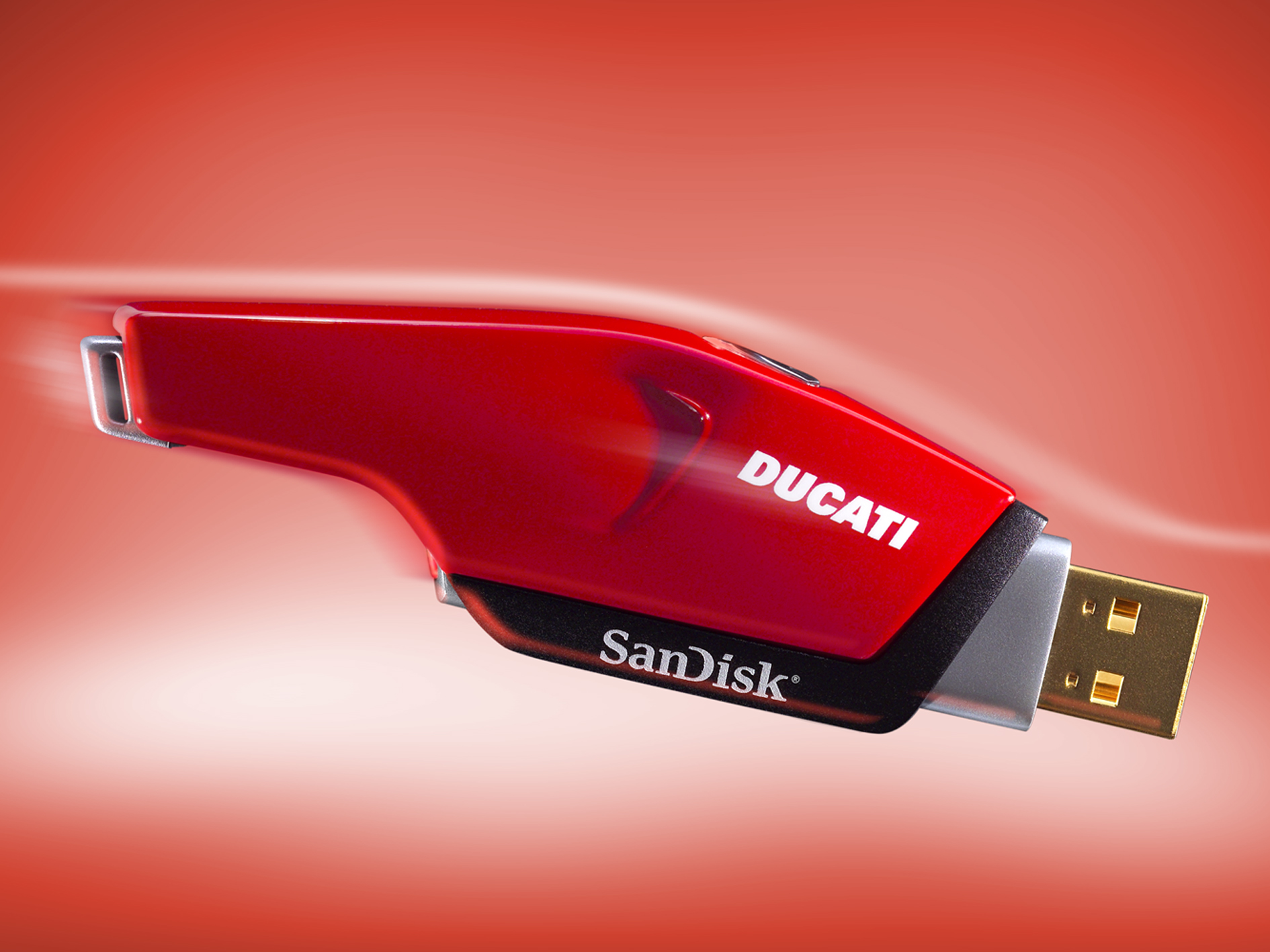Flash memory to be killed off by 2012?
CES 2008: SanDisk engineer warns of limitations of flash

After around 2012, flash memory will have reached its physical limitations and manufacturers will have to look to alternative technologies to further increase solid state capacities. That's according to SanDisk engineer Tavi Salomon, the mastermind behind the Vaulter solid state boot drive.
"At the moment we're using a 56-nano process. We can store around four bits in each cell on the flash chip. In 2010, we will have reduced that down to 25-nanos. So if you want to know how capacity will increase, you just have to times current capacities by eight," said Salomon.
Flash to die in 2012?
Flash memory stores data on an arrangement of floating-gate transistors called cells. In single-level cell storage devices, each cell stores only one bit of information. But newer flash memory, which incorporates multi-level cell technology, can currently store four bits per cell by swapping between multiple levels of electrical charge to apply to the floating gates of its cells.
Currently, at the start of 2008, the largest widely available USB flash drives have 16GB capacities. So, applying Salomon's maths, standard flashdrives in 2010 could conceivably come with 128GB capacities. Solid state drives (SSDs) could be readily available with over 500GB capacities.
But Salomon says that once this has been achieved, it will be impossible to refine flash memory technology any further.
It's a very similar problem to that encountered by processor manufacturers like Intel and AMD. The limitations have been reached in terms of how many transistors can be physically squeezed on to one piece of silicon. And so the processing giants are having to resort to building processors with multiple cores to continue progressing.
Get daily insight, inspiration and deals in your inbox
Sign up for breaking news, reviews, opinion, top tech deals, and more.
Flash replacement incoming
Fortunately, for users of flash memory at least, there are a number of technologies which could be ready to step in as flash memory starts to come to the end of its lifespan.
Scientists at Arizona State University have created a new kind of solid state memory that they say is much cheaper and more efficient than flash. And crucially, because it uses a new kind of nanotechnology, storage capacities will be far higher than anything we have today. And for a tenth of the cost.
The new memory is called programmable metallization cell (PMC) and one terabyte (1TB) USB thumbdrives are said to be just a few years away.
The new memory uses nano technology to charge copper particles on the molecular scale, making it 1,000 times more energy efficient than current flash memory. This bodes well for use in portable devices like phones and iPods.
Tavi Salomon is responsible for designing SanDisk's new Vaulter SSD. A PCI device, it works in conjunction with a PC's hard drive to store and launch the computer's operating system and software applications. It's able to launch Windows Vista 30 per cent faster than a moving-parts hard drive.
James was part of the TechRadar editorial team for eight years up until 2015 and now works in a senior position for TR's parent company Future. An experienced Content Director with a demonstrated history of working in the media production industry. Skilled in Search Engine Optimization (SEO), E-commerce Optimization, Journalism, Digital Marketing, and Social Media. James can do it all.
